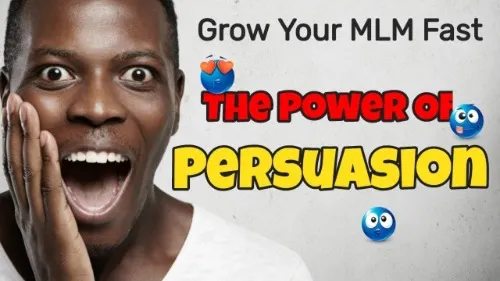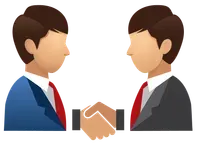Buyer Triggers

Using Ethical Psychological "Buyer Triggers" To Generate Sales
Have you wondered what the top salespeople do to generate so many sales? Perhaps this article will help you learn their secret.

MIND READER
Imagine what it would be like if you were able to read your customer's mind and know what he was thinking. You would know his motivation for wanting to buy your product or service and this results in knowing why he might not want to buy from you.
Obviously, we can’t make you a mind reader, however, human behavior is becoming more and more predictable. There have been many books written about triggers and their effectiveness in getting customers to purchase that which we sell.
These psychological triggers can be used ethically to get your customer to engage more in your marketing material and influence them into making a buying decision. This article is going to cover five of the most common triggers used on sales pages, videos, and webinars.
Buyer Triggers:

Honesty – [not personal integrity] whatever it is that you are presenting to the marketplace to accept or do must be something that agrees with your words and actions.
E.g. Imagine for a moment that you are promoting a Software Package for running Sales Webinars that you claim to your audience is the best on the market and yet you are using an alternate Webinar Software to promote it.
Walk the Talk – be transparently genuine. Your customer needs to see that you are someone who practices what you preach.

Exclusivity – your sales message needs to be transparently aimed at a specific customer. Example: Someone that is brand-new to video marketing is going to have different needs than someone who has been using video to market products and services for several years.
Speak to Your Prospect – Qualified – frame your sales message in such a way that your customer feels that you understand the problems and needs that they have and that you’re going to help them solve them.

Guilt /Law of Reciprocity – Example: saying to your customer that if they get value from your video/training that they give you a “Like/Share/Comment” this also can cement in their mind that the content they are receiving is valuable.
Storytelling – is one of the most powerful ways for you to connect with your customer. The cliché “Facts tell but stories sell.” says it all. Stories allow you to provide your customer with anchors of understanding that they will not forget anytime soon.
Example: telling a customer that just bought a used truck from you – “getting an extended warranty is a good idea” is not as powerful as framing a sales message inside a story.

Telling a prospect how that yesterday you were able to get another customer of yours a brand-new motor put in their vehicle for free. They were able to get it for free because they had bought the extended warranty.
Sharing with your prospect how relieved your customer was because they didn’t have to pay the $10,000 to have it put in their vehicle. As your story concludes you now shift your customer into making a buying decision.